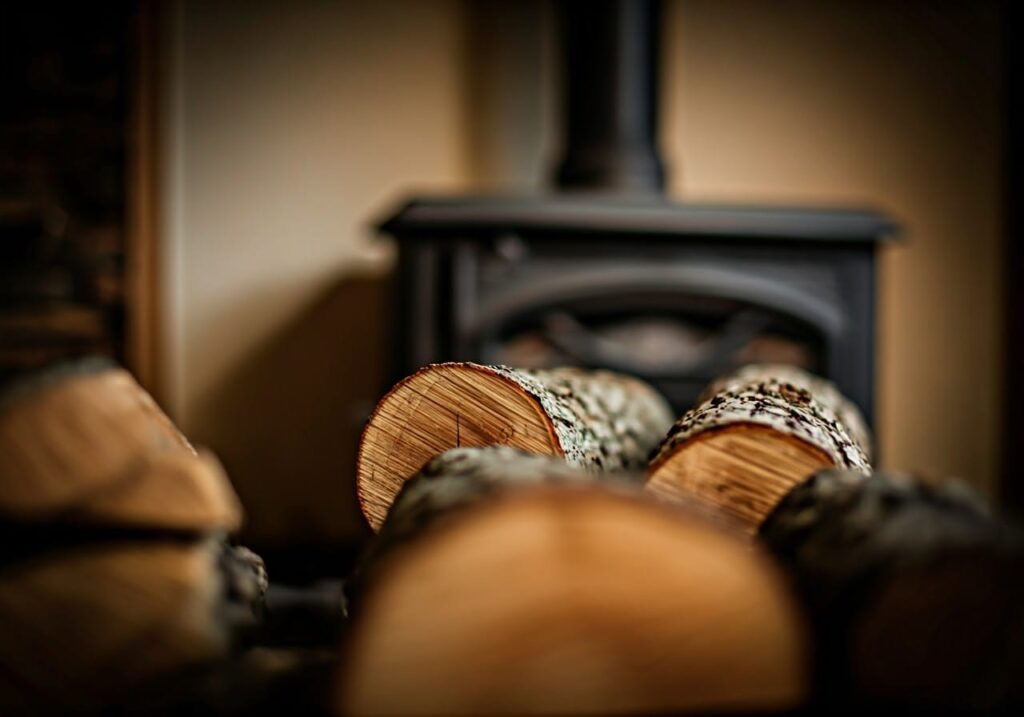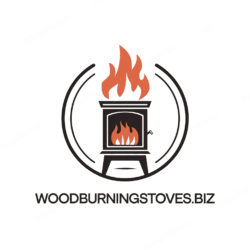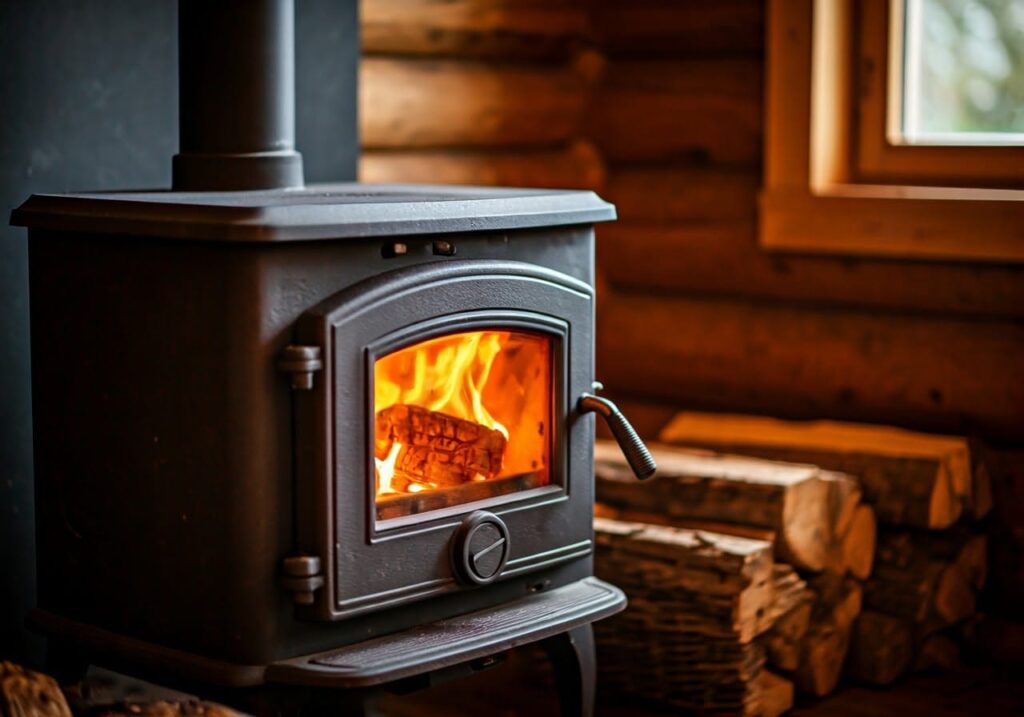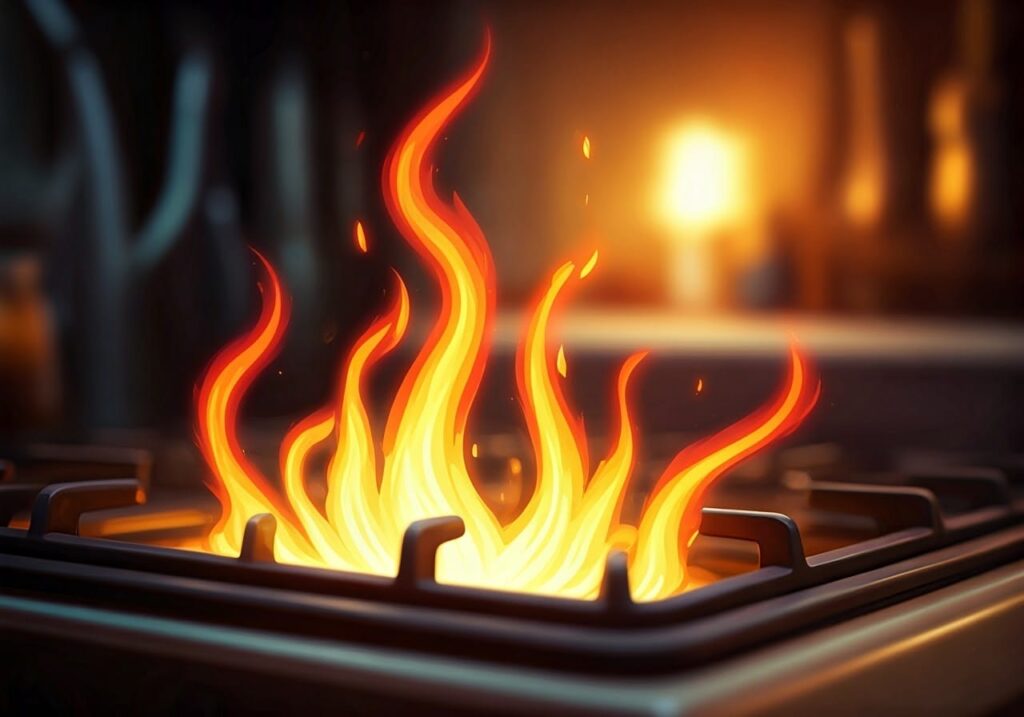
Introduction: The Art and Science of Wood Stove Mastery
Wood-burning stoves represent more than just a heating solution—they’re a timeless connection to traditional home warmth, a complex interplay of thermal engineering, and a skill that requires both technical knowledge and practical experience. While these remarkable heating devices can transform your living space into a cozy sanctuary, they demand respect, understanding, and careful management.
Many homeowners are drawn to wood stoves for their rustic charm, potential cost savings, and independence from electrical grids. However, the journey from novice to wood stove expert is paved with potential pitfalls that can compromise safety, efficiency, and the longevity of your cherished heating appliance.
In this comprehensive guide, we’ll unveil the most common mistakes wood stove owners make—mistakes that can lead to reduced performance, increased safety risks, and unnecessary expenses. Whether you’re a first-time wood stove owner or a seasoned enthusiast looking to refine your approach, these insights will empower you to maximize your stove’s potential and enjoy worry-free, efficient heating.
1. Using the Wrong Type of Firewood
One of the most critical mistakes is using inappropriate firewood. Not all wood is created equal when it comes to wood stove efficiency.
Key Firewood Mistakes:
- Burning green or unseasoned wood
- Using softwoods like pine or cedar for primary heating
- Ignoring moisture content of firewood
Pro Tip: Always use well-seasoned hardwoods like oak, maple, or hickory. Ensure wood has been dried for at least 6-12 months, with a moisture content below 20%.
2. Overloading the Stove
Many users mistakenly believe that more wood means more heat. In reality, overloading can:
- Reduce combustion efficiency
- Increase creosote buildup
- Potentially damage the stove’s internal components
Best Practices:
- Follow manufacturer’s recommendations for maximum wood load
- Use appropriately sized logs
- Maintain proper air circulation within the stove
3. Neglecting Regular Maintenance
Frequent maintenance is crucial for wood stove performance and safety. Common maintenance mistakes include:
- Infrequent ash removal
- Skipping annual professional inspections
- Ignoring gasket and seal conditions
Maintenance Checklist:
- Clean ash pan weekly
- Inspect door seals and gaskets quarterly
- Schedule professional chimney sweep annually
4. Improper Fire-Starting Techniques
Many homeowners struggle with efficiently starting and maintaining a wood fire. Common errors include:
- Using accelerants like gasoline
- Insufficient kindling preparation
- Poor fire-building techniques
Optimal Fire Starting Method:
- Use dry kindling
- Create a base of small, dry twigs
- Gradually add progressively larger pieces
- Ensure proper air intake
5. Inadequate Ventilation Management
Proper air control is essential for efficient wood stove operation. Mistakes include:
- Completely closing air vents
- Inconsistent air regulation
- Ignoring combustion air requirements
Ventilation Tips:
- Learn your stove’s specific air control mechanism
- Maintain partial air intake for consistent burning
- Ensure sufficient oxygen supply
6. Burning Inappropriate Materials
Some users mistakenly burn materials that can:
- Release toxic fumes
- Create excessive creosote
- Damage the stove
Never Burn:
- Painted or treated wood
- Cardboard or paper products
- Household garbage
- Driftwood
- Manufactured wood products
7. Incorrect Stove Sizing
Choosing the wrong size stove for your space can lead to:
- Inefficient heating
- Unnecessary fuel consumption
- Potential overheating
Sizing Considerations:
- Calculate your space’s square footage
- Consider ceiling height
- Consult with heating professionals
- Follow manufacturer recommendations
8. Ignoring Creosote Buildup
Creosote accumulation is a serious safety concern that many homeowners overlook. This tar-like substance can:
- Cause chimney fires
- Reduce stove efficiency
- Potentially lead to structural damage
Creosote Prevention:
- Burn only seasoned hardwoods
- Maintain proper fire temperature
- Regular chimney cleaning
- Use a creosote-reducing log periodically
9. Poor Wood Storage Practices
Improper wood storage can compromise your fuel’s quality and effectiveness. Common mistakes include:
- Storing wood directly on ground
- Inadequate covering
- Insufficient air circulation
Optimal Wood Storage:
- Use a raised, covered wood rack
- Ensure good air circulation
- Keep wood away from direct ground contact
- Protect from excessive moisture
Conclusion: Mastering Your Wood Stove Experience
Understanding and avoiding these common mistakes transforms wood stove ownership from a potential challenge to a rewarding experience. By embracing these insights, you’ll not only ensure safer, more efficient heating but also develop a deeper appreciation for the nuanced art of wood stove management.
Every log you burn, every flame you tend, is an opportunity to refine your skills and create a warm, inviting atmosphere in your home. Remember, a well-maintained wood stove is more than just a heat source—it’s a centerpiece of domestic comfort and a testament to your commitment to efficient, responsible home heating.
Additional Resources
- Local fire safety guidelines
- Manufacturer’s user manual
- Professional chimney sweep services
Stay warm, stay safe!


